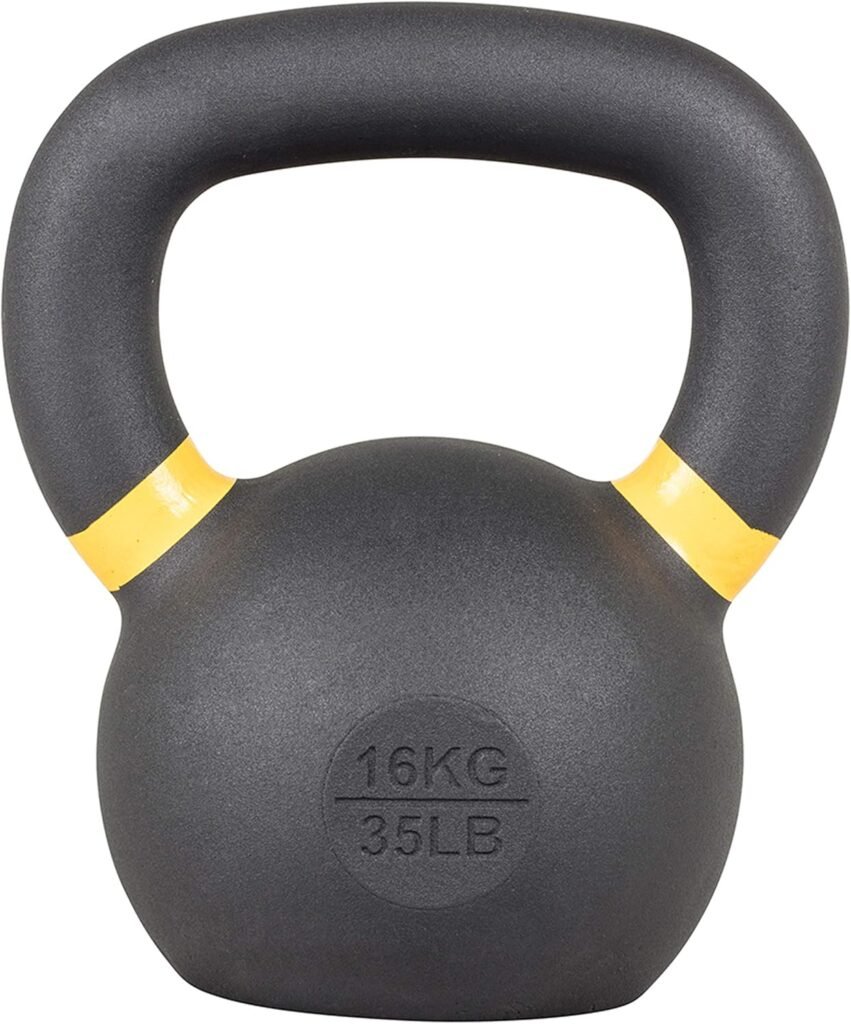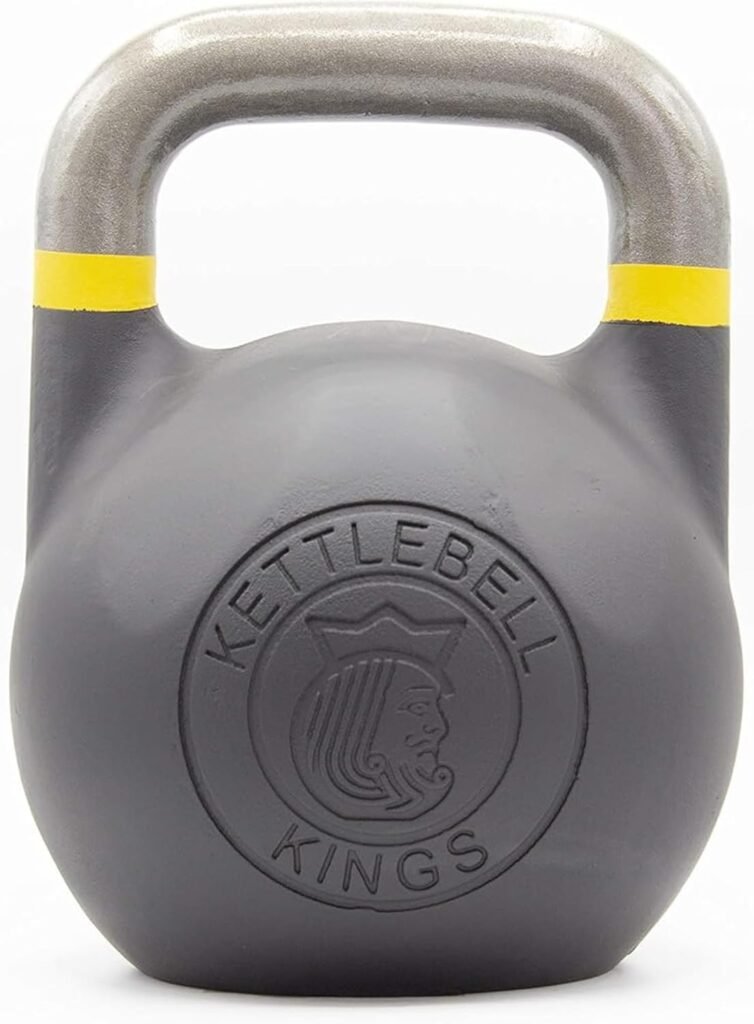The kettlebell swing is a dynamic exercise that offers numerous benefits, including improved strength, endurance, and cardiovascular fitness. However, achieving these benefits requires mastering the technique to ensure safety and effectiveness. Improper form can lead to injuries and diminished results, making it essential for fitness enthusiasts to understand the fundamental principles of the kettlebell swing.
This article aims to provide a comprehensive guide to proper kettlebell swing form, breaking down the mechanics of the movement, identifying common pitfalls, and offering actionable tips for improvement. By focusing on the key elements—posture, hip hinge, grip, and rhythm—individuals can optimize their performance and harness the full potential of this versatile training tool.
Whether you are a beginner looking to incorporate kettlebell swings into your routine or an experienced lifter seeking to refine your technique, understanding the nuances of proper form is crucial. As we delve into the specifics of the kettlebell swing, you will gain insights that will not only enhance your workout but also contribute to better overall fitness and well-being. Embrace the power of informed practice, and elevate your kettlebell training to new heights with a focus on technique and precision.
Importance of Proper Kettlebell Swing Form
Maintaining correct technique during kettlebell swings is crucial for maximizing the benefits of the exercise while minimizing the risk of injury. Proper kettlebell swing form engages multiple muscle groups effectively, including the glutes, hamstrings, and core, promoting strength and stability throughout the body. When executed correctly, this movement enhances cardiovascular fitness and functional strength, making it a valuable addition to any workout regimen.
Moreover, improper technique can lead to strain on the lower back and shoulders, resulting in potential injuries that may sideline individuals from their fitness routines. By prioritizing proper kettlebell swing form, practitioners can ensure they are not only performing the exercise safely but also achieving optimal results. Consequently, investing time in mastering this fundamental movement will facilitate greater progress in overall athletic performance and overall health.
Understanding the significance of correct technique prevents injuries and enhances workout effectiveness.
A comprehensive grasp of proper technique is essential for anyone looking to elevate their fitness journey, as it serves as the foundation for both safety and effectiveness in workouts. When individuals focus on mastering proper kettlebell swing form, they not only reduce the likelihood of injuries but also ensure that they are engaging the intended muscle groups efficiently. This intentionality allows for a more productive workout, enabling practitioners to achieve their fitness goals faster and with fewer setbacks.
Additionally, correct technique fosters better body mechanics, promoting improved posture and alignment over time. As athletes advance in their training, the importance of maintaining proper kettlebell swing form cannot be overstated; it cultivates a deeper connection with the movements being performed and empowers individuals to challenge themselves safely. Ultimately, a strong emphasis on technique transforms the workout from a mere routine into a meaningful practice that supports long-term health and well-being.
You are currently viewing a placeholder content from YouTube. To access the actual content, click the button below. Please note that doing so will share data with third-party providers.
More InformationStarting Position for Optimal Swing
The initial setup is critical for executing an effective kettlebell swing, as it influences the entire movement pattern that follows. To begin, position the feet shoulder-width apart with the kettlebell placed slightly in front, ensuring that the weight is balanced and accessible. As you hinge at the hips, maintain a neutral spine and engage the core, facilitating stability and control. The grip on the kettlebell should be firm yet relaxed, allowing for a smooth transfer of energy throughout the swing. This foundational posture not only prepares the body for the explosive movement ahead but also reinforces the importance of maintaining proper kettlebell swing form throughout the exercise.
Establishing a strong starting position not only optimizes performance but also significantly mitigates the risk of injury. By ensuring that the shoulders are retracted and the chest is lifted, practitioners can create a powerful link between the upper and lower body. This connection is essential for harnessing the kinetic energy generated during the swing, ultimately enabling a fluid and dynamic motion. Therefore, attention to detail in the setup phase contributes to the effectiveness of each repetition, underscoring the necessity of adhering to proper kettlebell swing form for optimal results.
Maintain a strong stance with feet shoulder-width apart, gripping the kettlebell firmly.
A strong stance with feet shoulder-width apart is essential for achieving optimal balance and stability during the kettlebell swing. This alignment allows for a solid foundation, enabling the legs and hips to generate the necessary power for the swing while minimizing strain on the lower back. Grip the kettlebell firmly yet comfortably, ensuring that your hands are positioned securely on the handle. This grip not only enhances control during the movement but also aids in the proper transfer of force, contributing to a more fluid and effective execution of the swing.
Engaging the entire body begins with this strong stance and grip. As you initiate the swing, the energy generated from the legs and hips should seamlessly flow through the arms and into the kettlebell. A proper kettlebell swing form hinges on maintaining this connection; any weakness in the stance or grip can lead to inefficient movement patterns or potential injuries. Therefore, by focusing on these foundational elements, one can enhance performance and ensure a safe and effective workout.
Engaging Core During the Swing
The core plays a pivotal role in stabilizing the body throughout the swing, ensuring that energy is efficiently transferred from the lower body to the kettlebell. Engaging the core involves tightening the abdominal muscles and maintaining a neutral spine, which not only enhances power output but also protects the lumbar region from undue stress. As the kettlebell swings through its arc, a strong core acts as a conduit, allowing for controlled movement and balance. This engagement is vital, as it supports the entire kinetic chain, preventing excessive movement in the hips and lower back that can lead to injury.
Incorporating core engagement into the swing requires conscious effort and practice. As the kettlebell is propelled forward, the core should remain tight and active, resisting any natural tendency to arch or round the back. This stability is critical during both the upward and downward phases of the swing, ensuring a consistent and powerful trajectory. By adhering to this principle, practitioners can achieve proper kettlebell swing form, maximizing the effectiveness of the exercise while safeguarding against common pitfalls associated with improper technique.
Activate your core muscles for stability and control throughout the kettlebell swing motion.
A strong and engaged core is essential for maintaining stability and control throughout the kettlebell swing motion. During the swing, the core acts as a stabilizing force, allowing the individual to execute the movement with precision while minimizing the risk of injury. This engagement helps in maintaining proper alignment of the spine, which is crucial for optimizing performance. As the kettlebell is swung, the core should remain activated, providing a solid foundation that supports dynamic movements without sacrificing form.
To achieve proper kettlebell swing form, individuals must cultivate a habit of consistently engaging their core throughout the exercise. This can be developed through intentional practice, focusing on tightening the abdominal muscles and ensuring they remain engaged during each phase of the swing. By fostering this level of core activation, practitioners can enhance their overall strength, improve their swing mechanics, and better harness the power generated from the legs and hips, resulting in a more effective and efficient workout.
Swinging Motion: Hips, Not Arms
The emphasis on hip movement rather than arm involvement is critical for achieving optimal performance in kettlebell swings. The hips serve as the primary drivers of the motion, generating power and momentum that propel the kettlebell upward. This hip-driven approach not only maximizes efficiency but also reduces strain on the shoulders and arms, allowing for a more sustainable practice. When executed correctly, the swing becomes a full-body exercise that engages the posterior chain, promoting strength in the glutes and hamstrings while ensuring that the arms remain relaxed and merely guide the kettlebell’s path.
To refine this aspect of proper kettlebell swing form, individuals should focus on initiating the movement from the hips with a powerful hip hinge, rather than relying on the arms to lift the kettlebell. A strong thrust of the hips will effectively transfer energy throughout the body, allowing the kettlebell to swing fluidly. This reinforces the importance of timing and coordination, encouraging practitioners to maintain a rhythmic motion that highlights the kinetic chain. By prioritizing hip action, one can not only enhance the effectiveness of the exercise but also promote better movement patterns that are transferable to other physical activities.
Focus on using your hips to drive the swing, minimizing reliance on your arms.
of maintaining a solid core and proper posture during the swing. As the hips drive the motion, the core must remain engaged to support the spine and stabilize the body, creating a robust foundation for the movement. This balance between hip action and core stability is what ultimately enhances the effectiveness of the exercise, ensuring that each swing contributes to functional strength development while minimizing the risk of injury.
Additionally, visualizing the swing as a kinetic chain can be beneficial. When the hips engage first, the energy flows through to the torso, arms, and finally to the kettlebell, resulting in a cohesive and powerful movement. By consciously reducing the reliance on the arms, practitioners can cultivate a more fluid technique that emphasizes rhythm and momentum. This focus on hip dominance not only optimizes proper kettlebell swing form but also fosters a deeper connection with the body’s mechanics, leading to improved performance across a range of athletic endeavors.
Common Mistakes to Avoid
One frequent oversight during kettlebell swings involves the tendency to overexert the arms instead of harnessing the power generated by the hips. This misalignment can lead to inefficient movements and increased strain on the shoulders, which detracts from the exercise’s benefits. Practitioners should be mindful to initiate the swing using the hips, allowing the arms to follow naturally, rather than forcing the kettlebell upward. This approach ensures that the body’s largest muscle groups are driving the motion, promoting optimal performance and reducing the risk of injury.
Another mistake often seen is allowing the back to round or hyperextend during the swing. Maintaining a neutral spine is crucial for preserving proper kettlebell swing form, as it helps prevent undue stress on the lower back. To achieve this, individuals should focus on keeping the chest lifted and shoulders back throughout the movement. By prioritizing proper alignment and engaging the core effectively, one can enhance overall stability and strength while performing kettlebell swings. Correcting these common errors not only improves the quality of the exercise but also contributes to long-term fitness gains and injury prevention.
Identify and correct frequent errors for maintaining proper kettlebell swing form and maximizing benefits.
A common error that undermines proper kettlebell swing form is failing to establish an appropriate stance. Many individuals adopt a stance that is either too narrow or too wide, which can hinder balance and the effectiveness of the swing. To maintain proper alignment, it is essential to position the feet shoulder-width apart, with the toes slightly pointed outward. This stance facilitates a strong base, allowing for more powerful hip extension and ensuring that the kettlebell is properly guided forward.
Additionally, neglecting the importance of breath control during the swing can diminish performance and increase fatigue. Inhaling during the downward phase and exhaling forcefully at the peak of the swing enhances stability and power generation. Integrating proper breathing techniques not only supports overall endurance but also reinforces the core engagement critical for maintaining proper kettlebell swing form. By addressing these frequent errors, practitioners can maximize the effectiveness of their swings, leading to better strength gains and reduced risk of injury.
In conclusion, mastering proper kettlebell swing form is essential for maximizing the effectiveness of this powerful exercise while minimizing the risk of injury. By focusing on key elements such as hip hinge mechanics, maintaining a neutral spine, and engaging the core, individuals can ensure they perform swings safely and efficiently. Whether you are a beginner or looking to refine your technique, prioritizing form over speed or weight will lead to better results and a more enjoyable training experience. As with any exercise, consistency and mindfulness in practice will ultimately pave the way for strength gains and improved overall fitness.











